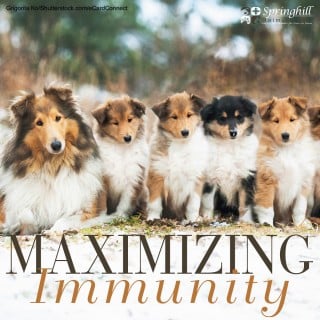Sept. 28 marks World Rabies Day, the day countries and people across the globe come together to raise awareness and resources aimed at continuing prevention and control of this fatal neurological disease. It is also the death anniversary of Louis Pasteur, creator of the first rabies vaccine.
Since its inception in 2007, World Rabies Day has resulted in more than 3 million animals being vaccinated. The first year 74 countries took part across the globe; the number has now increased to 125.
Africa and Asia are home to the majority of rabies related deaths; children are most vulnerable as they are most likely to be bitten by dogs with uncontrolled rabies. In the United States, one to two people die from rabies each year, with more than 6,000 reported cases of animal rabies in 2014.
So what can you do to stop the spread of rabies?
Keep your pet current on the core vaccines available for her species. The rabies vaccine is included for both dogs and cats. Each state has its own laws governing how the rabies vaccine is administered, and in nearly all states, proof of a current rabies vaccination for your pet is mandatory.
Keep your pet away from wild animals that typically transmit the disease: raccoons, bats, skunks and foxes.
Educate yourself and others about what to do if bitten by a domesticated or wild animal and what the symptoms of rabies look like. Immediately wash the wound thoroughly with soap and water, a known tactic to reduce the threat of infection. Seek medical treatment immediately to begin an interval timed schedule of anti-rabies vaccine. Symptoms of the disease do not develop immediately, and vaccinations must be taken within 48 hours to prevent the disease from occurring.
For humans, symptoms of rabies have a delayed onset, usually within one to three months of exposure. It begins by resembling flu-like symptoms, including fever and a tingling sensation at the bite site. As the disease progresses, an infected person may develop violent movements, paralysis, loss of consciousness, hallucinations and the urge to bite others. Without medical intervention, the disease is always fatal.
In animals, specifically dogs, the disease is known for its telltale symptoms: restlessness, aggression, trying to bite at things or people, foaming at the mouth due to paralysis of the throat muscles, loss of appetite and sensitivity to light, sound and touch. Wild rabid animals will also often display unnatural characteristics, such as not being afraid of humans or nocturnal animals being out during daytime hours.
Rabies is nearly always fatal once contracted but is also preventable through vaccination and education. If you would like more information on rabies, World Rabies Day or would like to check if your pet is up-to-date on her rabies vaccine, contact our clinic!



